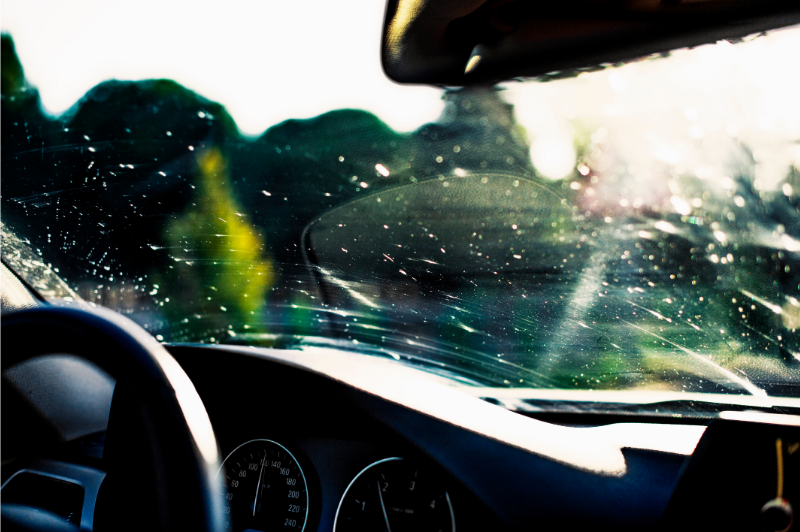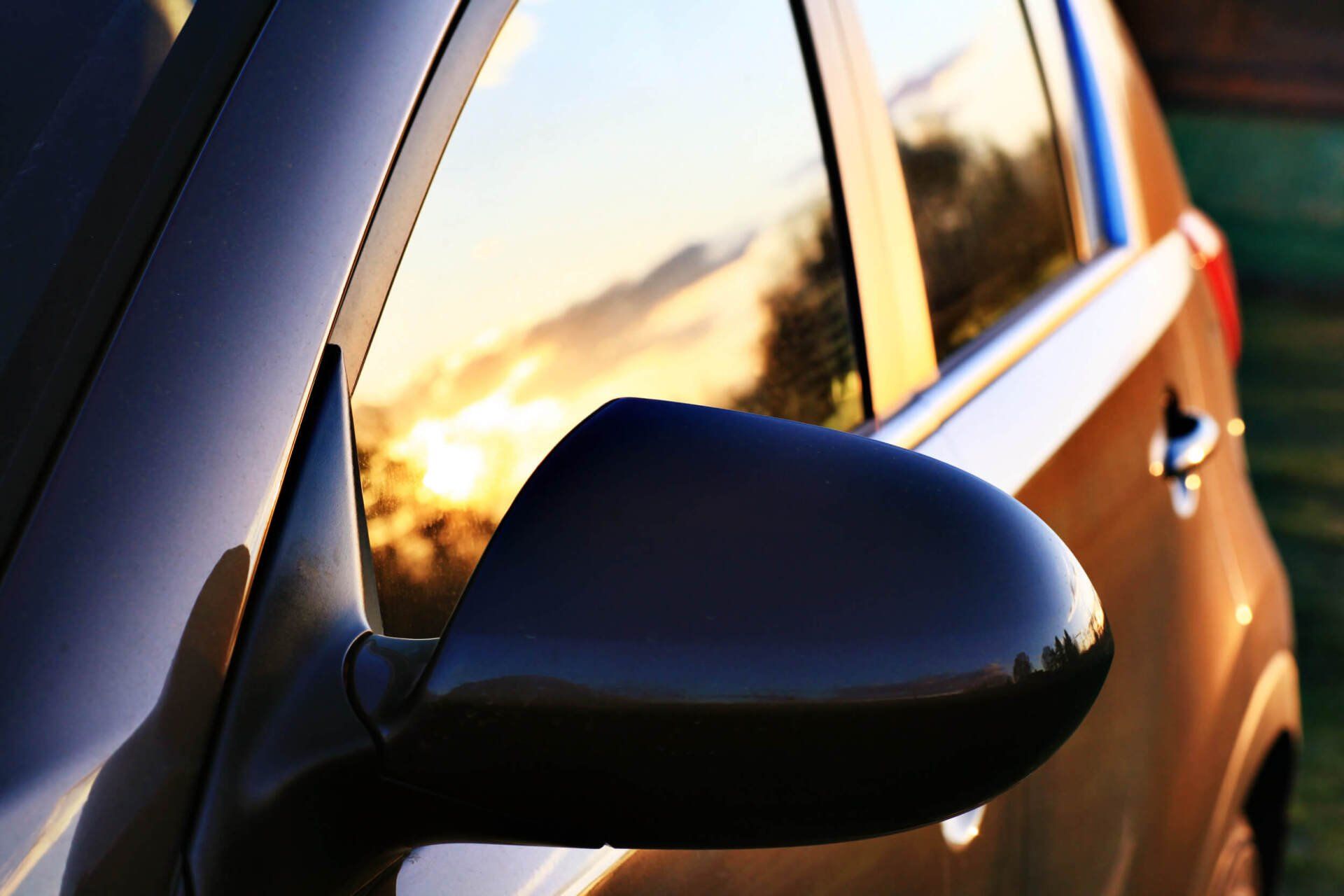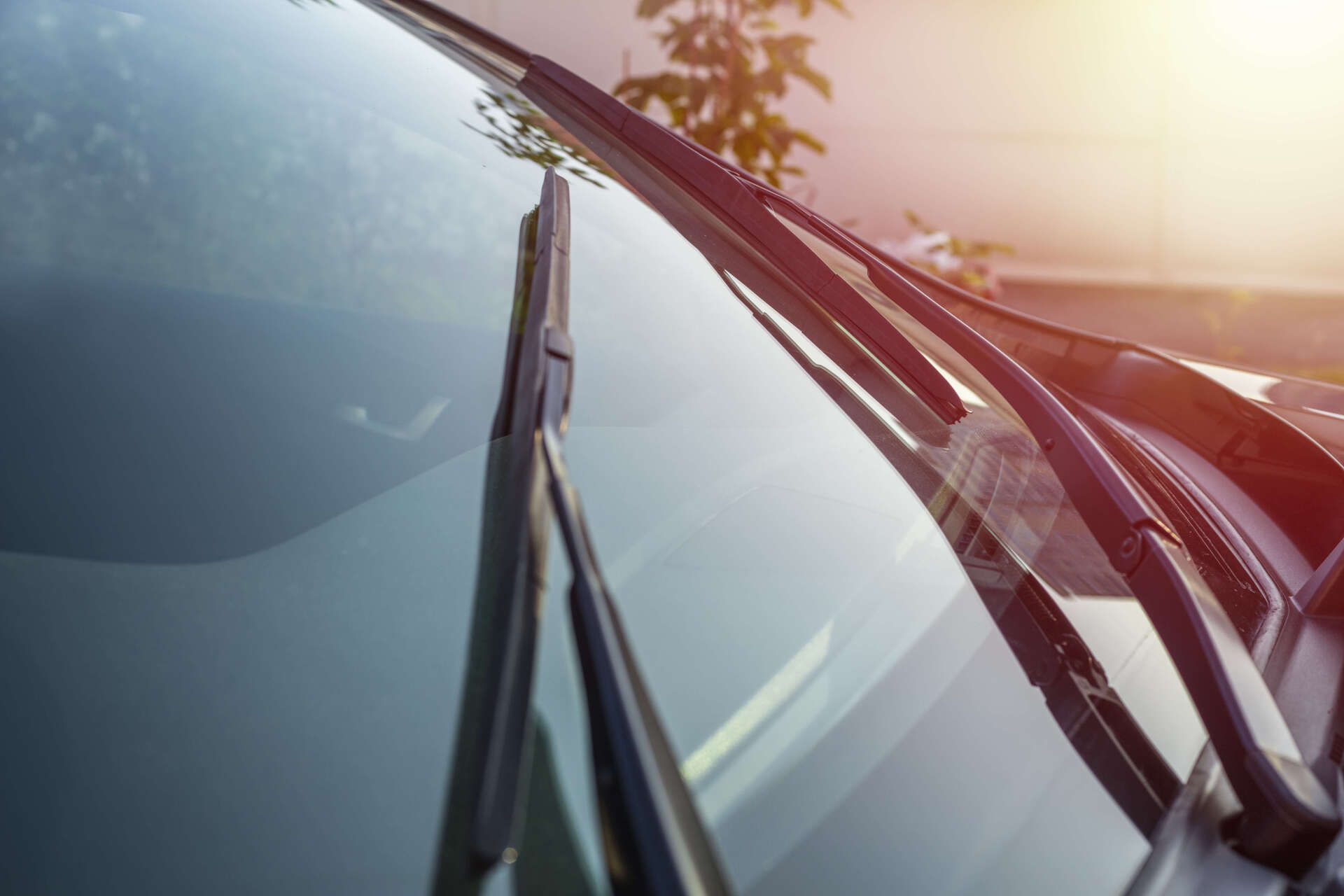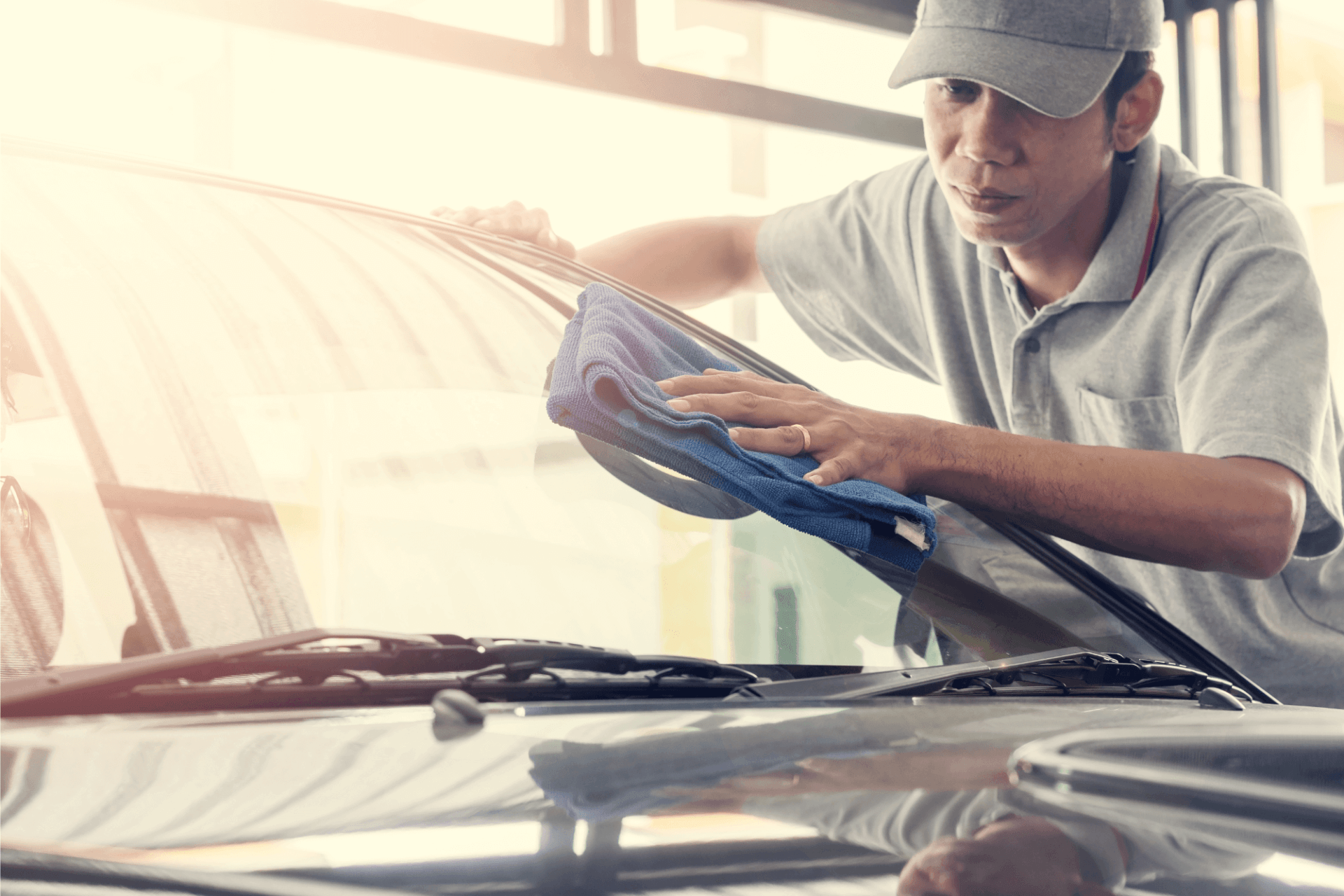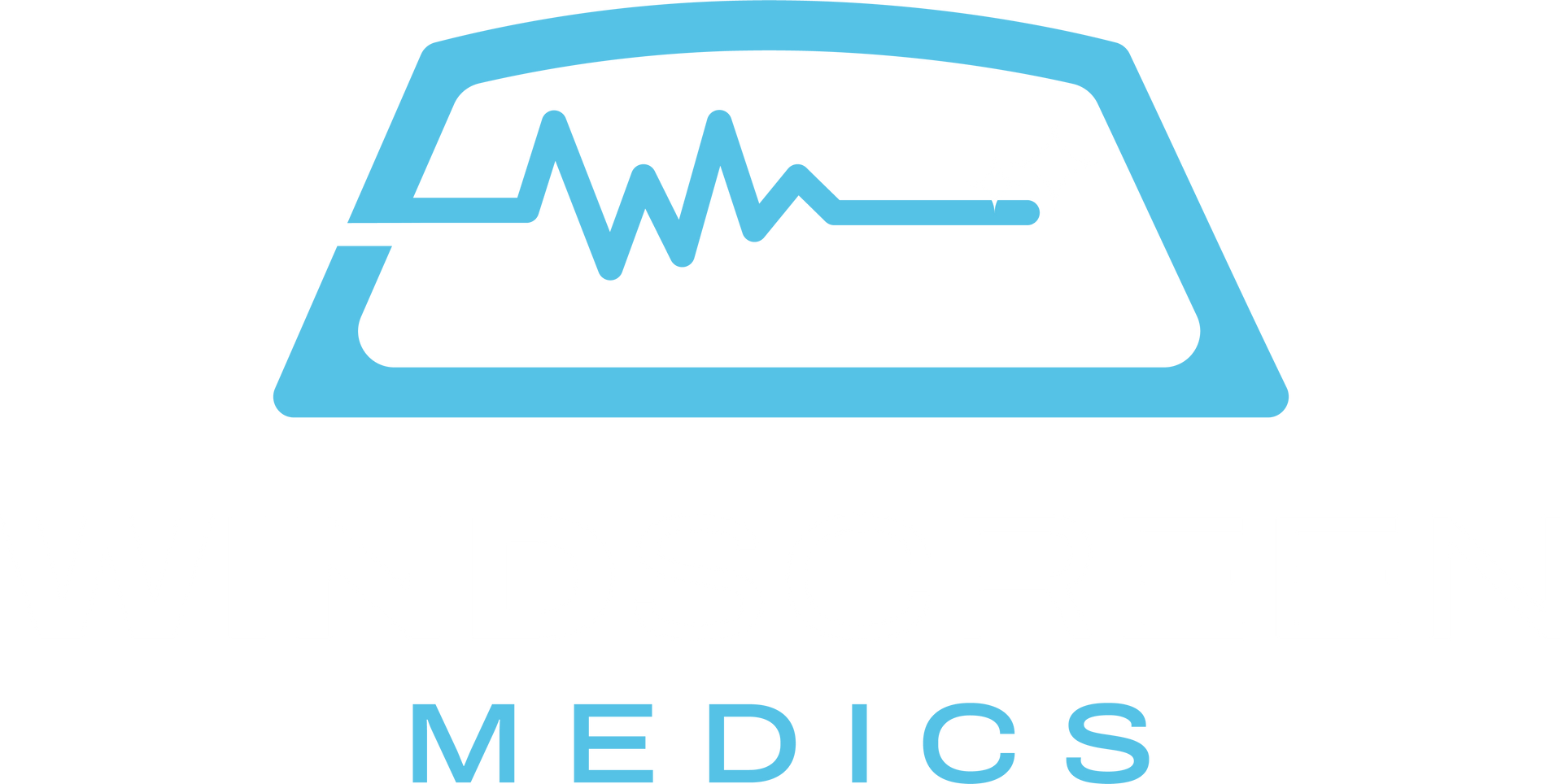How to Protect Your Windscreen from UV Damage and Discolouration
Most car owners think of UV rays only in terms of skin protection, but they’re also a major threat to your
vehicle’s windscreen. Australia’s harsh sun and long driving distances make UV exposure a daily reality. Windshields are more than just a clear view, they protect passengers, support the car’s structure, and affect safety systems like airbags. When UV rays consistently hit the glass, they can weaken its composition over time. The result? Discolouration, fading, and reduced clarity. Left unchecked, UV damage can reduce visibility, lead to cracks, and compromise safety. Let's explore practical, expert-backed strategies to protect your windscreen from sun damage and keep it crystal-clear for longer.
What Is UV Damage and How Does It Affect Your Windscreen
UV damage refers to the breakdown of molecules in the windscreen caused by long-term exposure to ultraviolet radiation. Windshields are made of laminated glass, which includes a plastic interlayer (usually PVB) that can degrade under harsh UV light. Over time, this degradation leads to cloudy patches, yellowing, or micro-cracks. It also reduces the structural integrity of the windscreen. In extreme cases, the inner interlayer can warp or become visibly distorted. This type of wear is not just cosmetic, it can affect vision, safety, and even resale value. Understanding the science behind UV damage helps drivers make better decisions about preventive care.
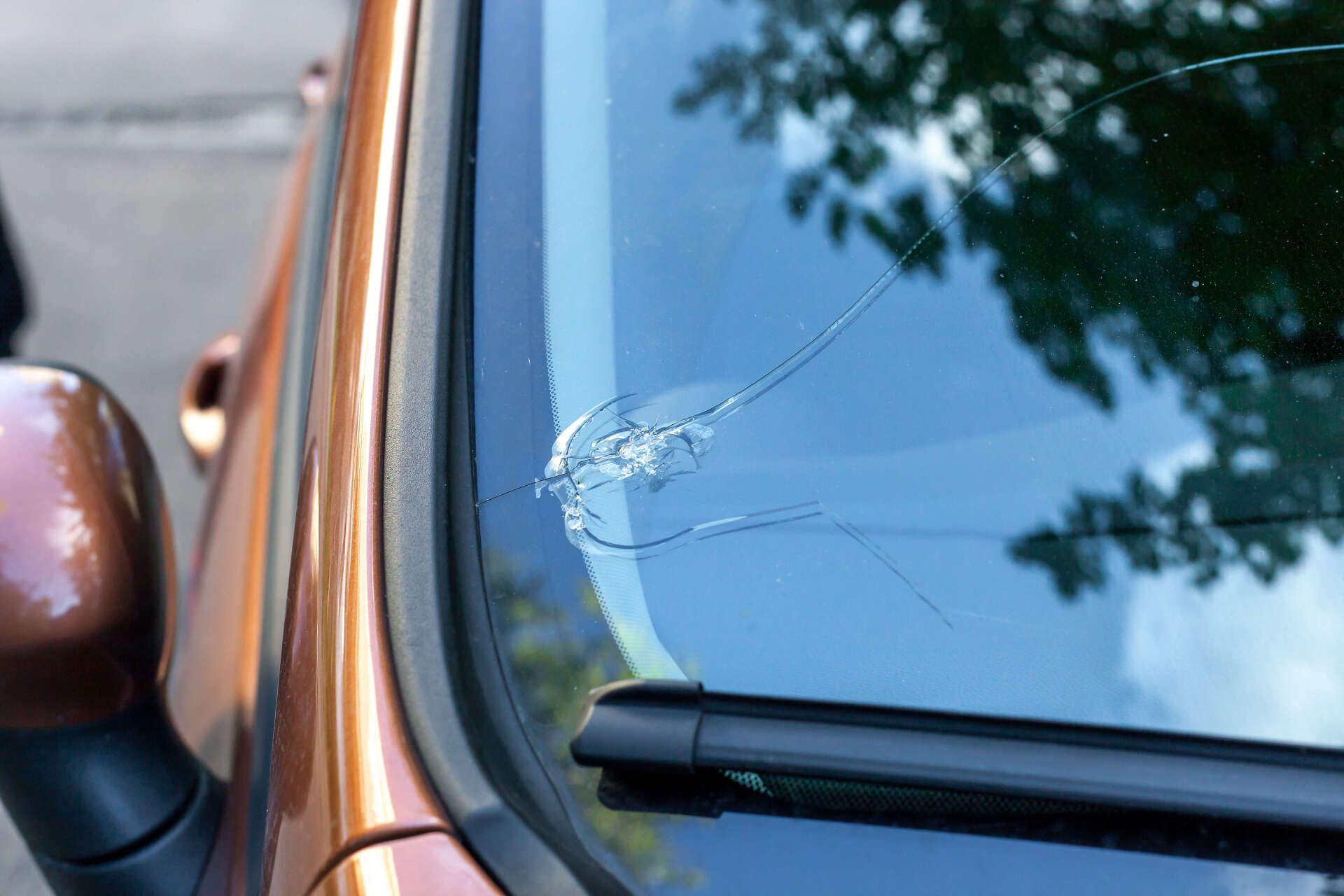
Early Signs of Windscreen Discolouration and Wear
The early warning signs of sun damage aren’t always dramatic. One of the first things you might notice is a slight yellowish tint or rainbow-like effect when sunlight hits the glass. Another sign is reduced clarity, especially around the edges of the windscreen. This is often due to damage in the PVB layer from UV radiation. Small cracks or spider-web patterns may also appear over time. Discolouration is more likely to show on older vehicles or those parked outside frequently. If your car's dashboard looks faded, chances are your windscreen has also suffered. Acting early can save you from needing a full windscreen replacement down the line.
Why UV Protection Is Critical for Australian Drivers
Australia experiences some of the highest UV radiation levels in the world, especially during summer months. This makes UV protection not just a luxury but a necessity for every vehicle owner. Drivers who leave their cars parked outdoors, especially in areas like Melbourne, Sydney, Brisbane, or the Outback, are at higher risk. UV rays also contribute to extreme internal cabin heat, which puts extra pressure on your windscreen. Prolonged exposure can weaken adhesives, affecting windscreen bonding. If your windscreen has ADAS (Advanced Driver Assistance Systems), UV damage can interfere with sensor performance. Prioritising UV protection is a smart move for safety and car longevity.
Top 6 Ways to Protect Your Windscreen from UV Exposure
Protecting your windscreen from harsh ultraviolet (UV) rays is essential for maintaining visibility, preventing long-term damage, and saving money on repairs or replacements. Below are six well-rounded strategies to keep your windscreen safe and long-lasting under the Australian sun.
- Park in Shaded or Covered Areas: Parking away from direct sunlight reduces UV exposure and prevents glass stress.
- Use a High-Quality Windscreen Sunshade: Sunshades reflect harmful UV rays and keep your windscreen cooler.
- Apply Automotive Glass Polish with UV Blockers: These products add a protective layer to shield your glass from UV damage.
- Apply a Ceramic Coating: Ceramic coatings offer long-term UV resistance and reduce heat absorption.
- Avoid Washing Your Car in Direct Sunlight: Sudden temperature changes can weaken or crack your windscreen.
- Tint Your Windscreen with UV-Resistant Film: Professional UV films block most UV rays and help preserve your glass.
The Role of Ceramic Coatings in Windscreen Longevity
Ceramic coatings have become a top-tier solution for windscreen protection. Unlike regular sprays, ceramic coatings bond with the glass at a molecular level, offering long-lasting results. These coatings form an invisible barrier that resists UV rays, water spots, bird droppings, and environmental contaminants. They also improve visibility during rain, as water beads off more effectively. Ceramic coatings are especially useful for people driving long distances in exposed areas. A professionally applied coating can last up to a year or more, depending on conditions.
Regular Maintenance Tips to Prevent Discolouration
Regular windscreen care is key to preventing UV-related damage. Start by cleaning the glass weekly using a pH-neutral, non-ammonia cleaner. Ammonia can degrade the UV film and damage seals. Use a microfiber cloth to avoid scratches and clean both inside and outside surfaces. Inspect for chips or cracks and get them repaired immediately; sunlight can worsen even tiny damage. Reapply UV-protection sprays or polishes every few months if you’re not using a permanent coating. Keep the wiper blades clean and replace them when worn to prevent friction marks. Consistent maintenance extends the life of your windscreen and preserves its optical clarity.
Conclusion
UV damage and discolouration may start quietly, but they have long-term effects on safety, comfort, and vehicle value. With the Australian climate delivering intense sun exposure year-round, windscreen protection should be a routine part of your car care plan. From UV-blocking tints and ceramic coatings to simple maintenance habits, the options are affordable and accessible. Windscreen Medics Melbourne is your trusted partner for expert windscreen repairs and replacements, offering professional solutions tailored to our local conditions. With fast, reliable service and a focus on long-lasting results, we help Melbourne drivers stay safe and sun-protected every kilometre of the way. Choose Windscreen Medics Melbourne for expert care, and drive with clarity, confidence, and peace of mind.
Categories
Auto Glass Experts
